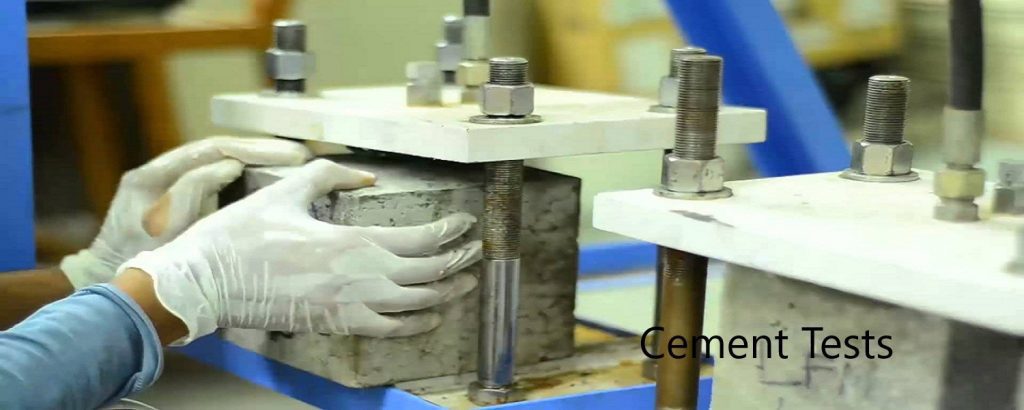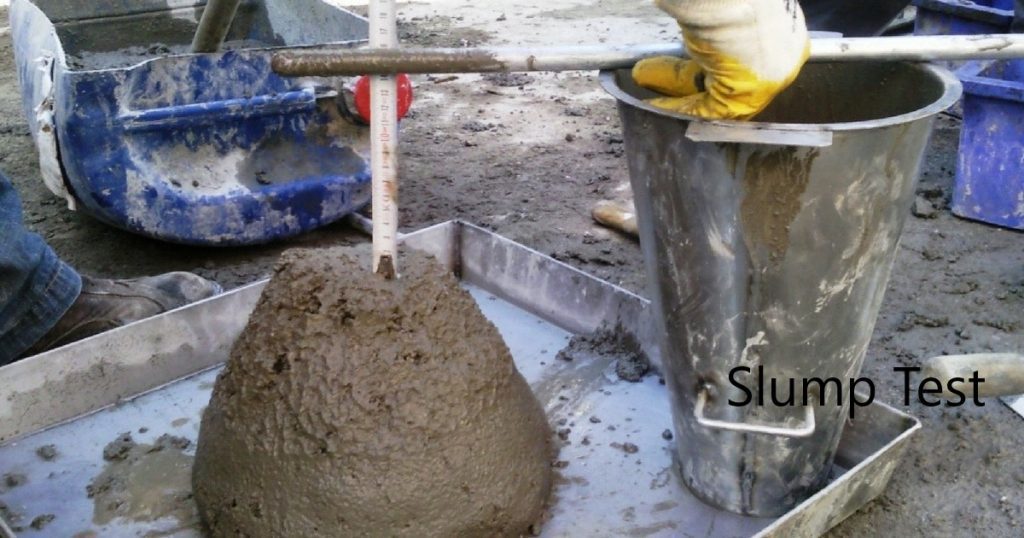Cement is one of the most widely used construction material today. It can’t even imagine construction without cement even different alternative materials have been introduced.
Having provided a higher content of cement in concrete leads may consequence such as the high heat of hydration, high cost of construction, the formation of ettringite with the increase of heat at the core of the concrete, etc. As a result of this, fly as was introduce as a substitute for concrete.
Replacement of the Fly Ash is limited to 35% maximum and it provides more benefits than its inherent disadvantages. Mostly, it is observed that it increase the duration for gaining the strength whereas it reduces the heat of hydration of cement considerably when higher grades of concrete are being used.
As a material to be added to the concrete or to be mixed with cement, it is required to check the quality of the fly ash. Frequent testing shall be done based on the requirement of the codes or as per the project specifications to make sure the consistency of the material.
Test and Limiting Values: Physical Properties
| Test / Units | Specification given in BS EN 450-1:2012 |
| Fineness / % | Category N: shall not exceed 40% and it shall not vary by more than ±10 percent points from the declared values.Category S: shall not exceed 12% |
| Particle Density / kg/m3 | Shall not deviate by more than 200 kg/m3 from the value declared by the producer. |
| Soundness /mm | Shall not be greater than 10mm |
| Activity Index / %28 days90 days | Not less than 75Not less than 85 |
Test and Limiting Values: Chemical Properties
| Test / Units | Specification given in BS EN 450-1:2012 |
| Loss on Ignition / % by mass | Shall not be greater than 5.0 |
| Silica (SiO2) / % by mass | Sum of the content shall not be less than 70 |
| Aluminum Oxide (Al2O3) / % by mass | Sum of the content shall not be less than 70 |
| Iron Oxide (Fe2O3)/ % by mass | Sum of the content shall not be less than 70 |
| Total Calcium Oxide (CaO *)/ % by mass | — |
| Chloride content (Cl–) / % by mass | Shall not be greater than 0.10 |
| Total Alkali equivalent as Na2O / % by mass | Shall not exceed 5.0 |
| Sulphate (SO3) / % by mass | Shall not be greater than 3.0 |
Note: If the total content of calcium oxide does not exceed 10% by mass, the requirement for reactive calcium oxide shall be deemed to be satisfied.


